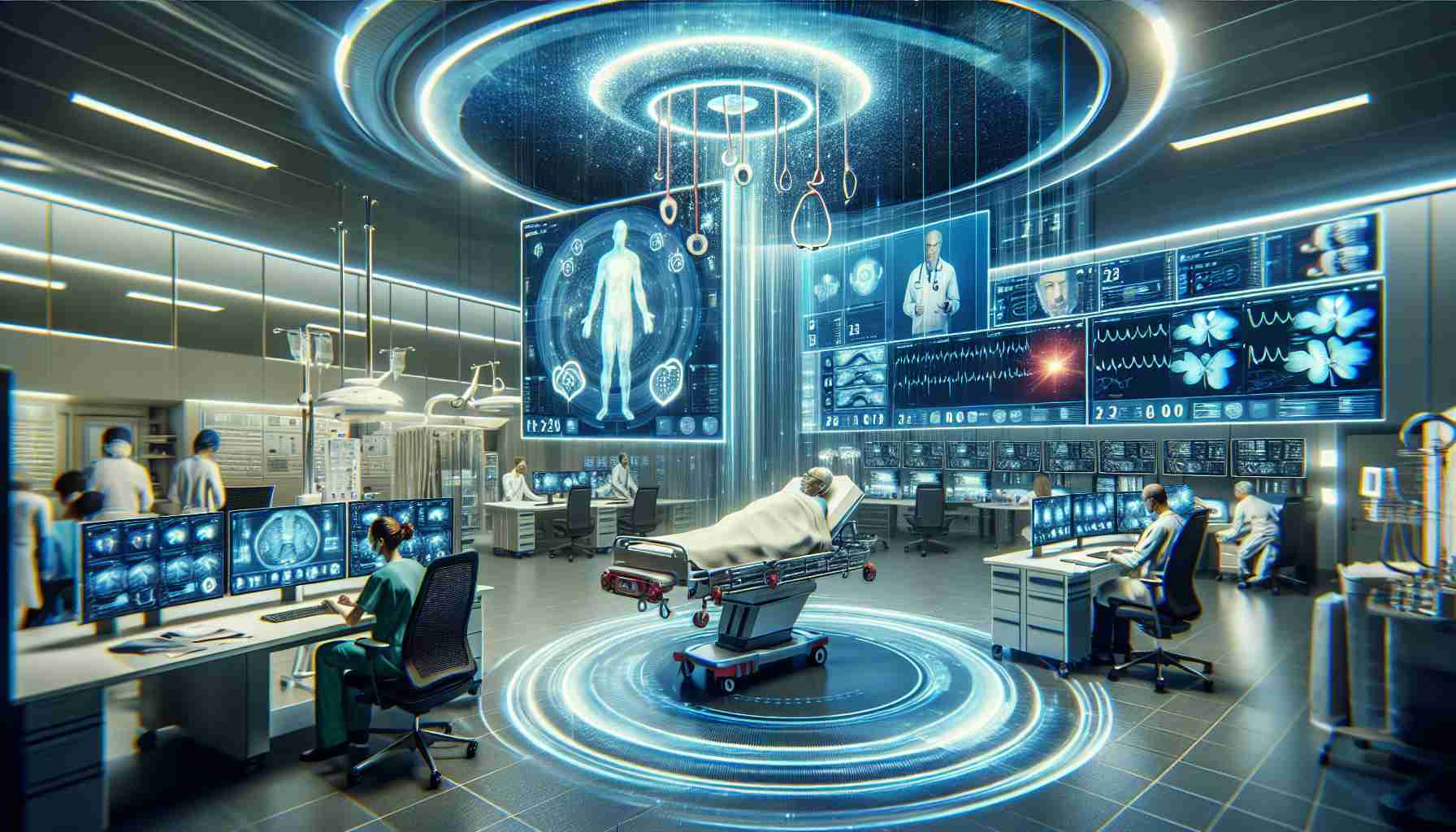
OPTAC-X, a pioneering telehealth company, has joined forces with the renowned Mayo Clinic to enhance emergency medical services (EMS) by offering instantaneous support during cardiac arrest situations. Utilizing advanced hybrid LTE-global SATCOM technology, this collaboration allows emergency responders to receive expert guidance in real-time, regardless of the local connectivity challenges they might face.
The system features a head-mounted camera that functions seamlessly over LTE and satellite networks. This ensures that emergency physicians can directly monitor and interact with patients, gaining crucial insights from the scene, such as vital signs and situational awareness. The integration of this cutting-edge technology into the EMS protocols aims to expand its adoption across various emergency response agencies nationwide.
Dr. Patrick Fullerton, the visionary behind OPTAC-X, expressed his hopes of making this innovative technology a standard part of emergency operations. He emphasized the potential impact on patient outcomes across both national and global landscapes. Additionally, the collaboration benefits from Vantiq’s intelligent platform, which enhances responsiveness with real-time updates and alerts, employing capabilities that leverage artificial intelligence.
This comprehensive telehealth solution also incorporates technologies from Kymeta Corporation, known for their lightweight and efficient satellite communication systems. The collaboration signifies a substantial leap forward in how emergency medical services can utilize technology to improve patient care outcomes during critical situations.
Transforming Emergency Medical Services with Innovative Telehealth Solutions
The landscape of Emergency Medical Services (EMS) is rapidly evolving, thanks to innovative telehealth solutions that have the potential to revolutionize patient care during crises. As the need for efficient and effective emergency responses grows, integrating technology into EMS protocols becomes increasingly critical. This article delves deeper into the advancements in telehealth and the challenges they pose, along with key questions about their implementation and impact.
What Are the Key Telehealth Innovations in EMS?
While collaborations like that of OPTAC-X and Mayo Clinic are noteworthy, other technologies are also reshaping the EMS sector. For instance, the use of drones equipped with medical supplies has emerged as a valuable resource. Drones can quickly deliver devices such as defibrillators or EpiPens to remote or congested areas, significantly reducing response times.
- Wearable Technology: Devices that monitor vital signs can transmit real-time data to emergency professionals, ensuring they have critical health information before arriving at the scene.
- Mobile Health Apps: Applications that allow users to report emergencies directly to EMS services can streamline the dispatch process and provide pre-arrival instructions.
- Artificial Intelligence: AI tools can analyze data from various sources, predicting potential emergencies and optimizing resource allocation.
Key Questions and Answers
1. How does telehealth improve patient outcomes in emergencies?
Telehealth allows for immediate access to expertise, which can guide first responders in critical interventions before a patient reaches the hospital. For example, timely advice on CPR techniques can be crucial in cardiac arrest situations.
2. What are potential limitations of telehealth in EMS?
One major limitation is reliance on technology; connectivity issues can hinder communication in remote areas. Furthermore, some regions may lack the infrastructure necessary to support advanced telehealth systems.
3. How do we ensure data security and patient privacy?
The integration of telehealth must comply with regulations like HIPAA to protect patient information. Encryption and secure communication channels are essential to safeguard sensitive data.
Challenges and Controversies
The incorporation of telehealth into EMS faces several challenges:
– Regulatory Hurdles: Different states and regions have varying regulations regarding telehealth practices, which can complicate implementation.
– Training and Adaptation: EMS personnel must be adequately trained to use new technologies effectively, which requires investment in time and resources.
– Equity Issues: Disparities in access to technology and internet connectivity can lead to inequalities in service delivery, particularly in rural areas.
Advantages and Disadvantages
- Advantages:
- Improved access to specialized care, especially in remote locations.
- Faster response times with real-time data and expert guidance.
- Increased efficiency in resource management through data analytics.
- Disadvantages:
- High costs associated with implementing and maintaining technological solutions.
- Potential for technology failure in critical situations, affecting outcomes.
- Risk of over-reliance on technology, potentially undermining traditional emergency skills.
Conclusion
The integration of innovative telehealth solutions into EMS represents a promising frontier for improving patient care in emergency situations. However, while the opportunities for enhanced service delivery are substantial, stakeholders must navigate the accompanying challenges to maximize the benefits. Continuous dialogue among EMS professionals, technology providers, and policymakers will be crucial in shaping the future of emergency medical services.
For more information on telehealth and its impact on healthcare, visit Telehealth.org.



